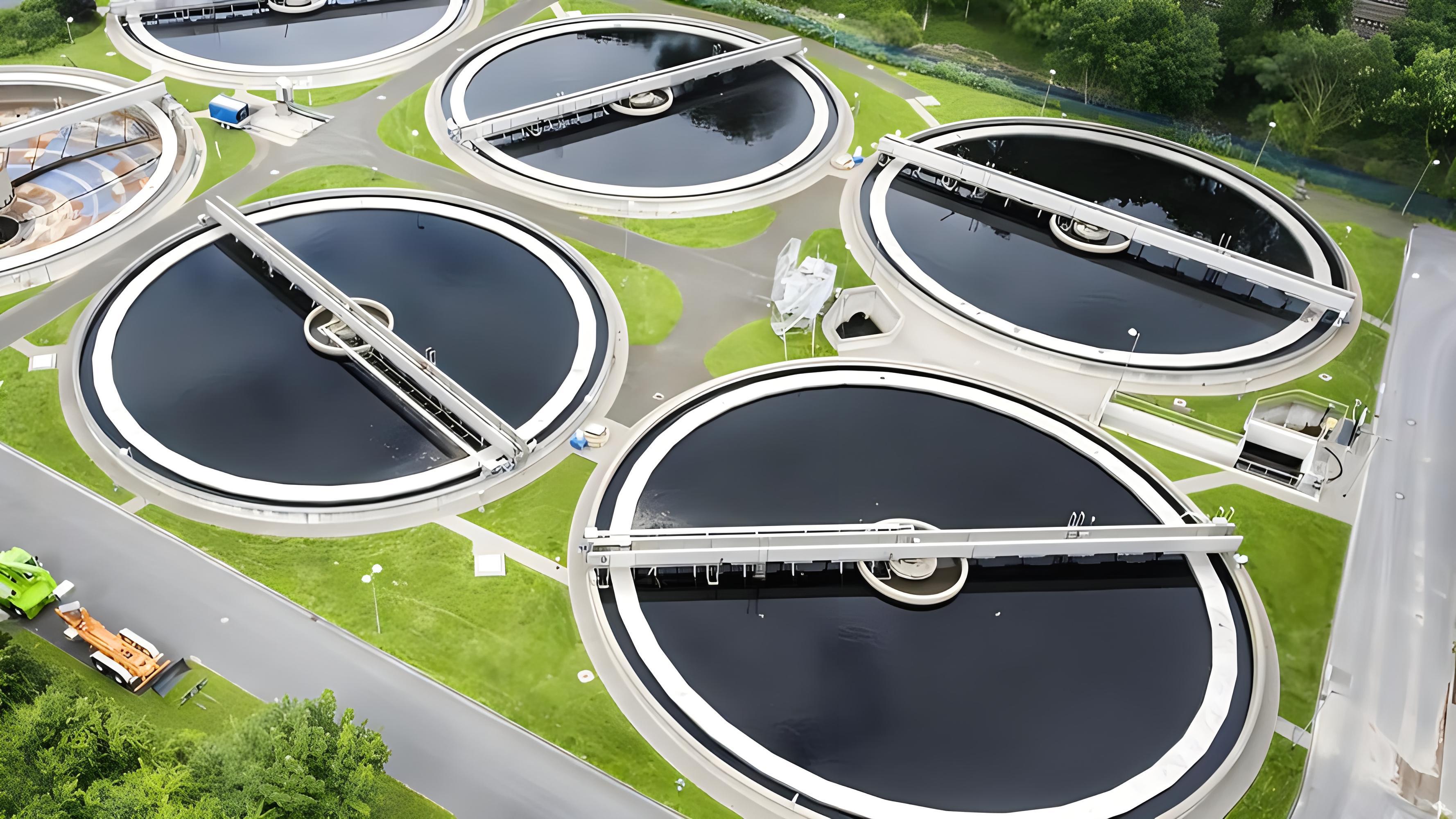07
2024
-
05
How much salt in sewage can enter the biochemical system?
Author:
According to the "Water Quality Standard for Sewage Discharge into Urban Sewers" (CJ-343-2010), when the sewage enters the sewage treatment plant for secondary treatment, its water quality must meet the Class B standard, especially the chloride concentration shall not exceed 600mg/L and the sulfate concentration shall not exceed 6000mg/L.
However, it is worth noting that the Code for the Design of Outdoor Drainage (GBJ 14-87) (and subsequent updates GB50014-2006 and 2011) in Appendix 3, "Permissible Concentrations of Hazardous Substances in Influent water from Biotreated Structures", although there is no specific detail on salinity, However, it is mentioned that the allowable concentration of sodium chloride is 4000mg/L.
In practice, the effect of salt concentration on the biochemical treatment system is a key consideration. Under normal circumstances, when the salt concentration is less than 2% (that is, 2000mg/L), it is considered to have little impact on the biochemical treatment effect, and ordinary activated sludge method can be used for treatment. However, if the salt concentration is between 3% and 4%, and the influent salt remains stable, the activated sludge method can still achieve stability after proper domestication. However, it must be emphasized that excessive salt fluctuations can cause irreversible damage to biochemical systems.

The main effects of high salt wastewater on activated sludge include:
1. Changes in osmotic pressure lead to dehydration and death of microorganisms.
2. Interfere with or block the material absorption process of microorganisms, resulting in microbial death.
3. Some salts enter the microorganism, destroy its biochemical reaction process, and even cause poisoning and death.
Selection of high salt wastewater treatment process:
1. Activated sludge acclimation: When the salt concentration is lower than 2g/L, the activated sludge can be acclimated by gradually increasing the salt concentration to improve its tolerance to salt. However, this method is sensitive to environmental changes, and the domestication effect does not have genetic characteristics.
2. Influent dilution: By diluting influent water to reduce the salt concentration, so that it is below the toxicity threshold, so as to avoid inhibition of biological treatment. But this approach increases processing scale, infrastructure investment and operating costs.
3. Selection of salt-tolerant bacteria: Screening and enrichment of salt-tolerant bacteria that can operate stably in a high-salt environment as a biochemical means to treat high-salt wastewater.
4. Reasonable selection of process flow: According to the different chloride ion content, select the appropriate treatment flow, such as the appropriate introduction of anaerobic process to reduce the chloride ion tolerance range of the subsequent aerobic section.
When the salt concentration exceeds 5g/L, evaporation and concentration desalting is usually an economical and effective treatment method. Other methods, such as culture of halobacterium, may face difficulties in operation in industrial practice.
Related Products
Biological nitrogen removal process of low temperature wastewater
2024-05-28
Prevention and treatment of calcium carbonate scaling in reverse osmosis operation
2024-05-22
Treatment of pyrazolone production wastewater - bipolar membrane electrodialysis process
2024-05-20
How much salt does sewage contain that can enter the biochemical system?
2024-05-17
Huanke Environmental Protection Technology
HOTLINE:
Address:Gongye 1st Street, Weicheng District, Weifang City, Shandong Province China
Contact:Zhang Gong
Phone:+86-18865361829
Email:sdhuanke@163.com


Consult
Copyright © 2023 Shandong Huanke Environmental Protection Technology Co., Ltd






